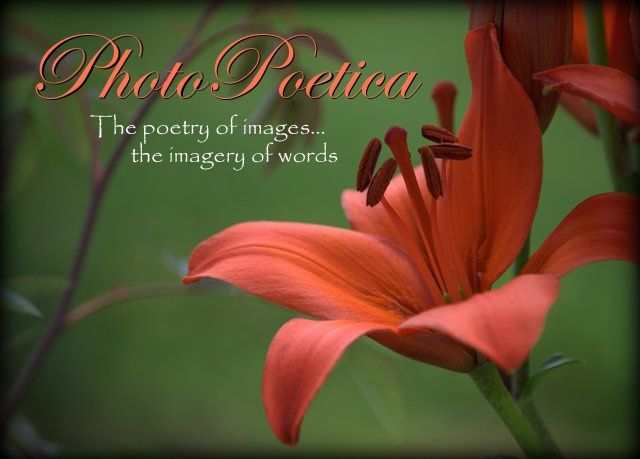Perhaps one of the most unrecognized factors that contribute to successful nature photos is timing. No, not shutter speed, though it can make a big difference. Think more basic than that. Great timing may have to do with strategically planning a shoot, analyzing on what day of the year the sun will rise at what point in the sky, and at what time. Often good timing means that you are lucky enough to have just the right cloud conditions to lessen the harsh contrasts that might otherwise make a great shot difficult at best. Good timing may mean waiting for hours until conditions are right.
But the timing I'm talking about is as likely to be serendipitous as it is planned, possibly more likely. The truth is, great photos are all around us, but often they are not waiting to be captured. That's where the timing comes in. Many great photo opportunities come and go in a fleeting moment. The photographer who is able to instantly recognize the great photo, and capture it with virtually reflex response, will come home with the prize.
The crystals on these leaves formed in the cold morning dew of Autumn, before there was sufficient light to photograph them. But almost the instant that the sun rose above the eastern hills, they began to melt, quickly losing their sharp, crisp edges and defined shapes, til in seconds they were gone entirely, leaving nothing but wet leaves.
As much as is within your ability, be ready at all times for the opportunities that life sends your way. When the masterpiece presents itself, no matter how fleeting the moment, meet the challenge; focus on the prize... make the capture.





